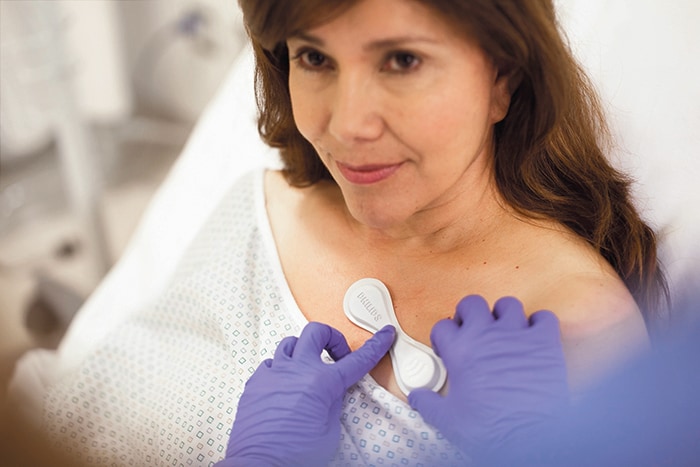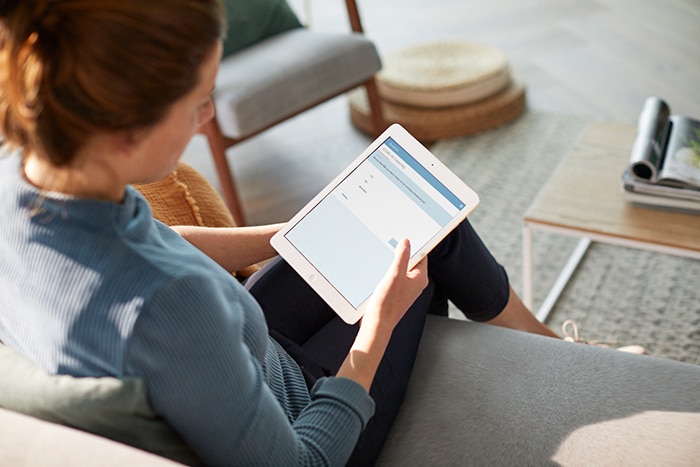When my son Aki graduated from university a couple of years ago, he asked me what advice I could give him as he started out in professional life. I told him: “Be quick on your feet, learn fast and be ready to adjust. One of the shortcomings of being human is that we all have biases that cloud our decision making, but what can help us to move forward together is the ability to listen to multiple perspectives, to analyze and to adapt.” Fast forward to today, as we face the unprecedented challenges caused by the spread of coronavirus, we need adaptability more than ever. In order to find innovative and scalable solutions to rapidly emerging demand, we have to reflect on how we do things. Necessity is the mother of invention. One thing about a crisis is that the constraints it causes can give us a laser-sharp focus on clear and present needs. When European fashion houses shut down production at their factories earlier this year, many pivoted instead towards designing and producing hospital masks, gowns and hand sanitizer. And they did it in weeks instead of months. A crisis also means that there’s simply not enough time to use traditional sequential approaches to innovation – in which you move in a linear way from an idea, through research, design and various concepts, right up to the final launch. Instead, all of these stages need to happen in parallel and the resulting propositions continuously improved through data feedback loops.
At Philips, platform thinking has helped us to move to a much more agile model in which the majority of our innovations run in parallel and leverage existing assets and capabilities. Since the outbreak of the coronavirus, this model has helped us to rapidly address the needs of hospitals and patients around the world.
Jeroen Tas
Chief Innovation & Strategy Officer, Philips

Fast, adaptive innovation requires platform thinking. A platform approach creates an environment in which propositions are consistently evolved over time. The architecture is highly modular and takes into account the fact that the modules – such as memory, CPUs, sensors or cameras – may evolve rapidly and can be easily substituted with better versions as they come along. Modules can be re-combined to address emerging needs and software opened up with standard interfaces that abstract the underlying modules. This allows new functionality to be developed in parallel by different parties and deployed at a faster pace. A/B testing can be applied to fine-tune the proposition to user needs, while DevOps changes can be deployed overnight from the Cloud into connected systems. If products are assembled as a series of modular components that run together, it’s possible to drive both quality and agility to adapt to short-term requirements while maintaining a consistent long-term strategy. This approach recognizes that innovation occurs on different layers at different speeds: so-called pace layering. At Philips, platform thinking has helped us to move to a much more agile model in which the majority of our innovations run in parallel and leverage existing assets and capabilities. Since the outbreak of the coronavirus, this model has helped us to rapidly address the needs of hospitals and patients around the world.
A large part of that agility has come from iterating on proven solutions. Like the fashion houses, which need to quickly react to changing tastes, we have tapped into our innovation capabilities to address new needs during the outbreak. For example, a multi-disciplinary team, deeply experienced in respiratory care, created a new ventilator in just two weeks which can immediately be mass produced to treat hospitalized COVID-19 patients both invasively and non-invasively. It’s an alternative for where fully featured, critical care ventilators are not available[1]. We also leveraged our HealthSuite platform to create and rapidly deploy an online portal that allows Dutch hospitals to seamlessly share relevant patient information with one another. Since its launch on March 28, 95% of Dutch hospitals have used the portal. Similarly, we are working with various hospitals to add biosensors to our patient monitoring platforms. Hospitalized COVID-19 patients can be monitored continuously yet remotely, reducing the number of times nursing staff need to enter the patient’s room. The aim is to reduce the risk of its nurses being infected with the coronavirus. In a virtual care model, patients wearing biosensors can be continuously monitored at home, providing better control over the patient population and less pressure on acute care facilities.

For hospitals, a platform-based approach can help optimize and scale up or down as needed. The spread of coronavirus is causing surges of demand right across the care continuum, from diagnosis, acute care and treatment through to home care. Let’s take diagnostic capabilities as an example. Right now, CT images are one of the most reliable ways to diagnose suspected COVID-19. But if the patient is scanned in a hospital where the radiologists are overloaded, a digital exchange can enable the scan to be shared with any available radiologists in the system’s network to help balance the load. In the future, we could see this extended to include other diagnostic platforms too, for example by adapting the capabilities of a handheld ultrasound device to help triage patients at the point of care. A core element of this kind of platform is the insights it can deliver by interpreting the associated data. One of the enormous challenges of new infectious diseases with a high mortality rate such as COVID-19 is that doctors need to base potentially life-and-death decisions on very little information. We’re working with some of the leading healthcare providers on the development of a diagnostic dashboard that could help nurses and doctors to support the clinical decisions for the patient in front of them by integrating up-to-the-minute data about the disease with the patient’s personal medical history, in a similar way to a GPS system that reroutes a car to find the quickest journey to its destination. In a much broader sense, platform thinking applies to leadership too. As the world struggles to contain the effects of the coronavirus, we need leaders from all sectors to work together. No single country or organization has all the answers. It’s a fragile world out there right now. Our global societies will only be strong enough to beat this outbreak if we support one another, learn and adapt together. [1] Philips has received Emergency Use Authorization (EUA) for the device for use only during the COVID public emergency. Status of EUA requests can be found on the FDA website. The Philips Respironics E30 is not FDA cleared or approved.

Share on social media
Topics
Author

Jeroen Tas
Chief Innovation & Strategy Officer Jeroen is an experienced global executive and entrepreneur with a track record of leading innovation in the healthcare, information technology and financial services industries. Leading the company’s global Innovation & Strategy organization, he’s responsible for creating a pipeline of innovative business propositions that address emerging customer needs and enable a high-growth, profitable health continuum strategy.
Follow me on

